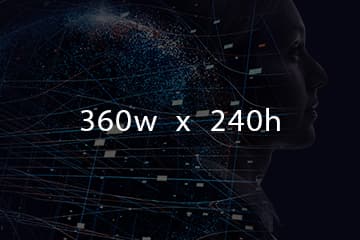What is edge computing?
Edge computing is a distributed-computing paradigm that brings computation and data storage closer to the location where it is needed, to improve response times and reduce bandwidth usage. Instead of relying on a central data center, edge computing processes data at the periphery of the network, near the source of the data.
This approach is particularly beneficial for situations where low latency or high bandwidth is crucial, or where remote locations and connectivity issues make it less practical to maintain a continuous connection to a centralized cloud. By processing data locally, edge computing can:
- Reduce latency: By minimizing the distance data must travel, edge computing can significantly decrease the delay before data is processed.
- Conserve bandwidth: Local data processing means that only necessary information needs to be sent across the network, conserving bandwidth for other uses.
- Enhance privacy and security: Sensitive data can be processed locally without being transmitted over the internet, reducing the exposure to potential breaches.
- Enable real-time processing: For applications that require immediate decision-making, such as autonomous vehicles or industrial automation, edge computing allows for real-time data processing without the lag that would come from communicating with a distant cloud server.
Applications of edge computing:
- Internet of Things (IoT): Processing data from IoT devices locally to enable real-time decision-making and reduce the load on cloud servers.
- Smart cities: Managing data from traffic lights, surveillance cameras and other infrastructure to improve urban services.
- Autonomous vehicles: Providing real-time data processing for navigation, object detection and decision-making.
- Industrial automation: Enhancing manufacturing processes by processing data from sensors and machines on the factory floor.
- Healthcare: Enabling real-time monitoring and analysis of patient data from medical devices for timely interventions.
Edge computing works hand in hand with technologies like the Internet of Things (IoT), where countless devices are connected and generating data that can be processed directly on the device (or on a local server) instead of being sent to a faraway data center. As such, edge computing is a key enabler for a wide range of modern applications and services that demand quick, reliable and secure processing of data.

